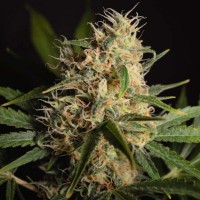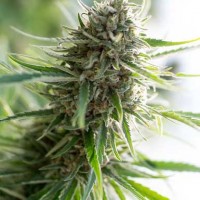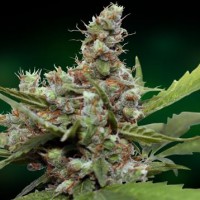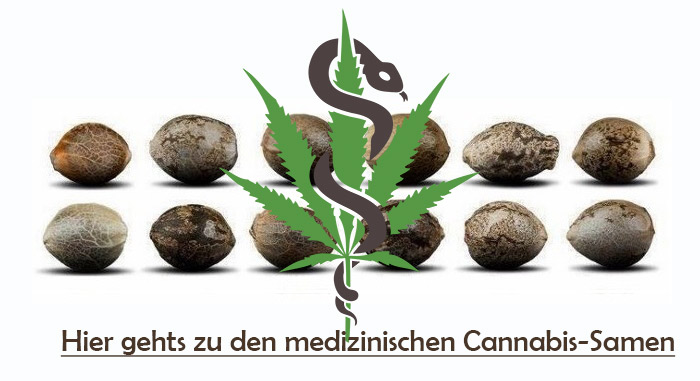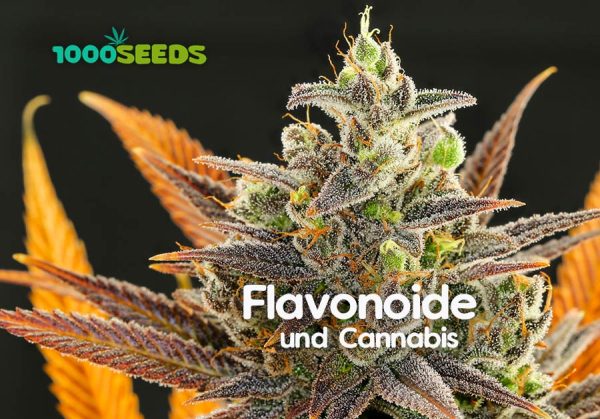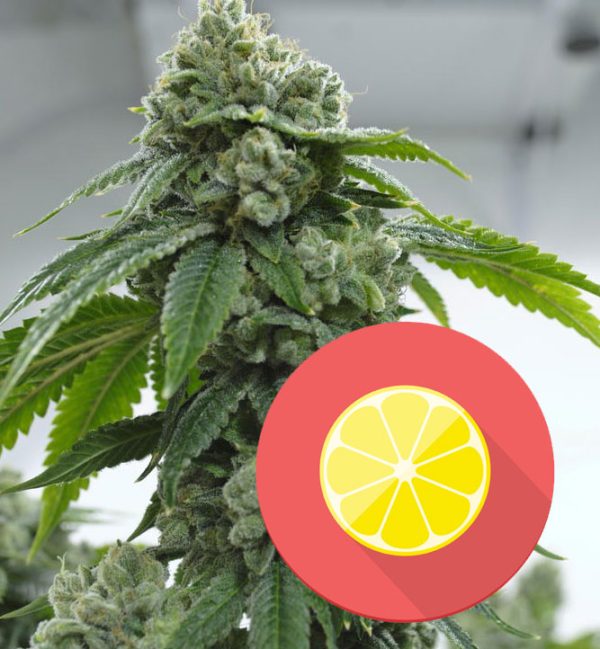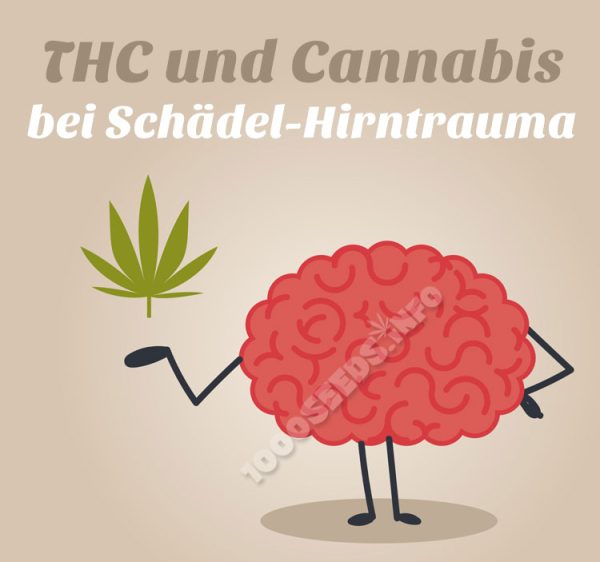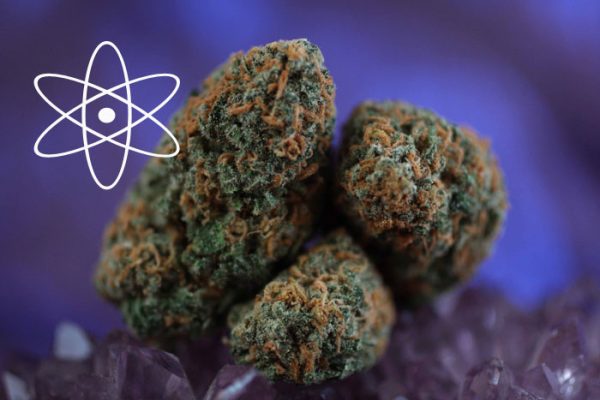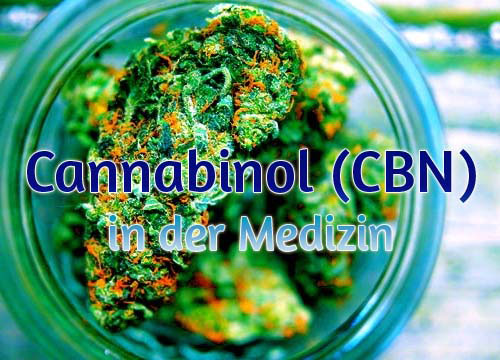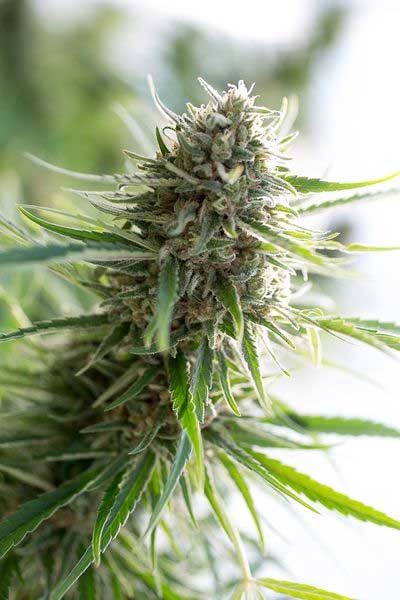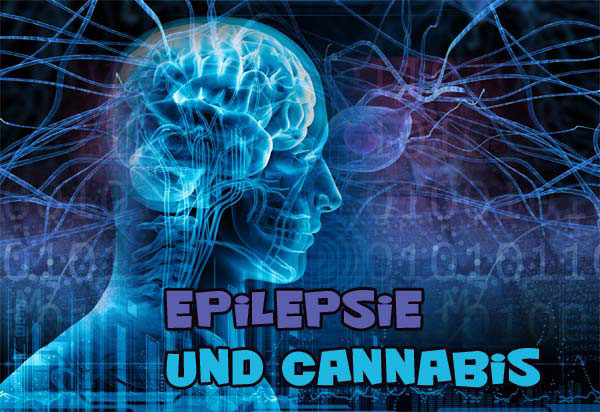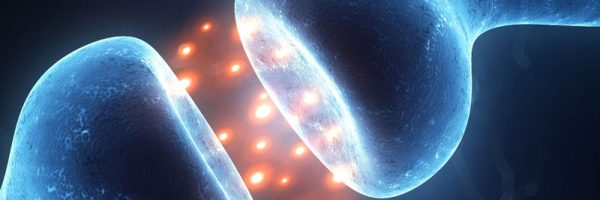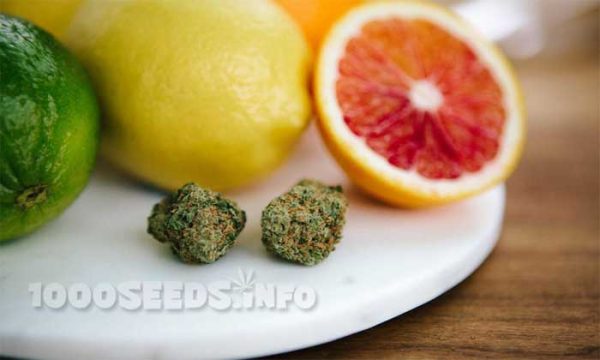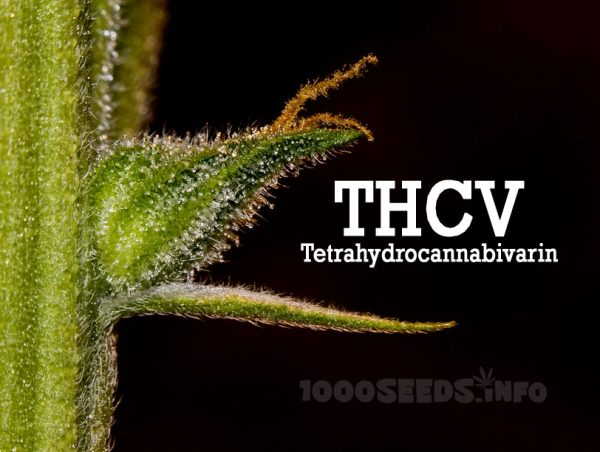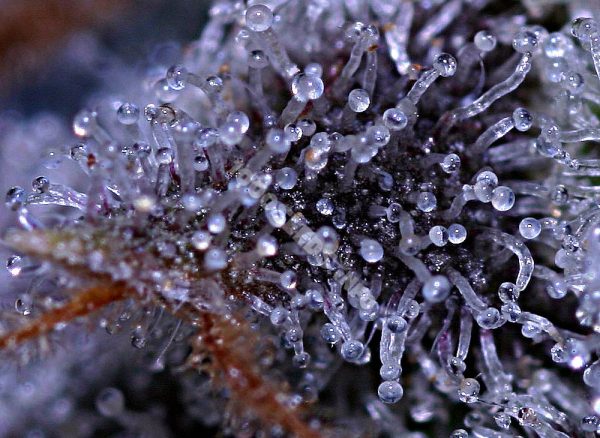Given that tetrahydrocannabinol (THC) and cannabidiol (CBD) are the two main chemical compounds in the cannabis plant, the vast majority of research to date has focused on the ratio of these two cannabinoids. While it is still sometimes difficult to impossible for the private user to precisely control the cannabinoid ratio within their own treatment, cannabis research is opening up new avenues and future therapy with different cannabinoids seems very promising.
THC and CBD: A wonderful friendship
Research on the benefits of tetrahydrocannabinol (THC) and cannabidiol (CBD) is well established. THC shows analgesic and anti-inflammatory properties and is an anti-emetic, while CBD has psychotic effects, prevents seizure disorders and helps treat anxiety, among other things.
Patients who received a combination of THC and CBD felt better and had less anxiety than those who received THC alone.
So far, there has been little research on the combination of THC and CBD. This originated in Brazil in the mid-1970s. In this study, patients were given between 15-60mg of CBD in combination with 30mg of THC. The effect was measured. The patients who received a combination of THC and CBD reported more pleasant effects and less anxiety than those who received THC alone.
Furthermore, a group of scientists studied the effects of giving CBD at six times the dose of THC. They found that 73% of the participants in the study reported a reduced feeling of "high" compared to those who received THC alone.
Follow-up studies have shown that the combination of the two cannabinoids reduces users' experiences of tachycardia (increased heart rate) and gait unsteadiness. These results support the theory that CBD works in the sense that it reduces some of the negative side effects of THC.

Modern therapeutic applications of the cannabinoid ratio
The most recent research on THC:CBD ratios comes from the pharmaceutical industry, specifically around GW Pharmaceuticals (makers of Sativex, which has a 1:1 ratio of THC and CBD). In the clinical trial phase of compound development, researchers looked at the effects of THC, CBD, and extracted combination of both cannabinoids on sleep, pain control, and muscle spasms. They found that 1:1 THC-CBD extracts had the highest medicinal benefits.
Specifically, the combination of the two cannabinoids CBD and THC, according to all scientific evidence to date, will in the future enable the treatment of a number of medical conditions for which there have been no or insufficient treatment options until now.
In the treatment of cancer, cannabis has long been used as a supportive agent against the nausea of chemotherapy. It is now also known that both THC and CBD have anti-carcinogenic properties. The cannabinoids help to prevent cancer cells from spreading further in the body. Extracts from the whole cannabis plant (i.e. with the broad cannabinoid spectrum) point to becoming a viable option in future cancer treatment.
Practical implications for medical marijuana patients
After decades of breeding exclusively for the cannabinoid THC, we are now finding more and more cannabis strains that have a wide variety of CBD:THC ratios, including many with a 1:1 ratio of THC and CBD.
Dr Jeffery Hergenrather, President of the Society of Cannabis Clinicians, explains the issue of cannabinoid ratios as follows:
'Many cannabis strains have similar cannabinoid ratios, it is the terpene content that typically modulates the different effects, properties and qualities of a strain'. These are also largely responsible for the differences in effect between indica and sativa.
In addition, each person is different. It is very likely and can be observed again and again in the medical use of marijuana that different cannabinoid ratios and profiles have different effects from person to person and are absorbed differently. Patients also often react differently to the THC-CBD ratio.
The diversity of cannabis genetics that we find today allows for an enormously wide spectrum of modes of action and medicinal uses. Individual cannabis strains with different cannabinoid proportions can be combined with each other, be it vaporising or smoking or also in the form of tinctures and used accordingly depending on the time of day and need.
It is very likely, after all that research has been able to find out, that terpenes are very good at changing or helping to control the properties of cannabinoids. A lot of research will be necessary to further develop this topic.
Below we have compiled varieties that have a balanced THC-CBD ratio:
ComPassion from Dutch Passion
- THC : CBD 1:1
- 6% CBD
- 6% THC
- Chronic pain, multiple sclerosis, spasms
- 25% Indica / 75% Sativa
- Indoor
- 8-9 weeks flowering
- 450g/m²
CBD Queen from Cannamed
- 11% CBD
- 9% THC
- 0.6% CBC
- Epilepsy, pain, depression, tension
- 75% Sativa
- Indoor / Outdoor
- Flowering Indoor: 9 weeks
- Harvest outdoor: beginning of October
- Yield Indoor: 650 g/m²
Critical Mass CBD from Dinafem
- THC : CBD 1:1
- 6% CBD
- 6% THC
- Pain, depression, arthritis, Parkinson's disease
- 80% Indica / 20% Sativa
- Flowering Indoor: 55 days
- Harvest outdoor: beginning of October
- Yield: 600 g/m²
CBD Blue Shark from Barney's Farm
- THC : CBD 1:1
- 6.5% CBD
- 6.5% THC
- Epilepsy, Crohn's disease, MS, anorexia
- 100% Indica
- Flowering Indoor: 60-65 days
- Harvest outdoor: end of September
- Yield: 450 g/m²
Medical disclaimer
The information on this website is for general information purposes only and is not to be equated with medical or legal advice. We do not wish to encourage anyone to consume or use drugs illegally. Please consult your doctor/health care provider before using any products/methods referenced or linked to on this website.








